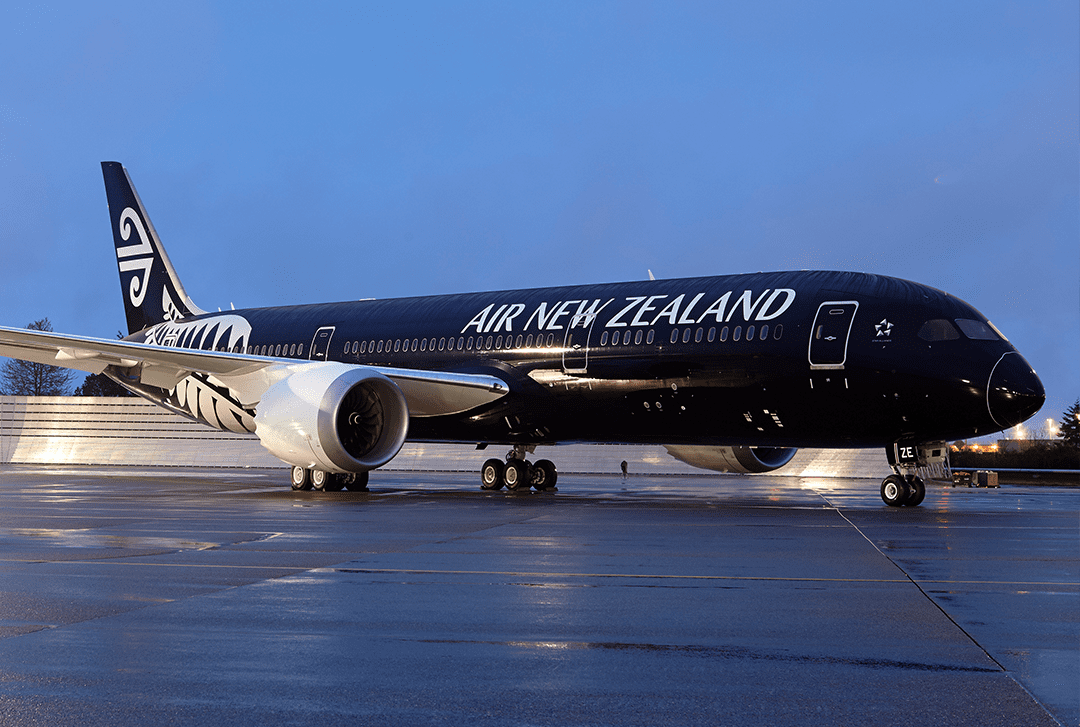
330128480 548126600609721 89041148007343381 n
Air New Zealand delivered its first profit since the start of the pandemic, reporting a $299 million pre-tax profit for the first six months of FY23. The airline says that its recovery is “well underway”, which bodes well for HY2. The positive results were already anticipated in early December in a trading update.
The pre-tax profit compares to a $-376 million loss for the same period in FY22. The net profit was $213 million, up from $-272 million. Operating revenues grew to $3.078 billion, up from $1.125 billion, of which $378 million came from cargo operations. Higher ticket prices contributed favorably but were offset by 13.8 percent higher costs per available seat kilometer (CASK), mainly due to fuel prices. Excluding fuel costs, foreign exchange effects, wage subsidies, and third-party maintenance costs, the underlying CASK was 25.4 percent lower.
The airline benefitted from an earlier-than-anticipated reopening of the country to foreign visitors, which resulted in a steep ramp-up of capacity. The network has recovered to 29 routes, on which eight million passengers flew onboard ANZ aircraft compared to three million in the first half of the calendar year 2022. Domestic capacity is already at 94 percent, in line with bookings that have reached 95 percent of pre-Covid levels. International capacity is at sixty percent, with bookings at 75 percent.
Keeping up with this demand has been a challenge for Air New Zealand, which was earlier forced to cut back capacity when it was confronted with record-high sick leave. The airline has been hiring 2.000 new staff in HY1 and plans to add another 1.000 in HY2. More staff pushed labor costs up by $206 million. The ratification of fourteen new labor agreements should guarantee social stability. Inflation and supply chain constraints also made the first six months of FY23 a challenging one.
“Our recovery is well underway and operating performance is improving steadily, but like most airlines globally, we continue to experience challenges that make it hard at times for our fantastic team to deliver the level of service we expect of ourselves, and our customers expect of us,” CEO Greg Foran said in a media statement.
High fuel costs remain a worry for the airline, although it is hedged for seventy percent in HY2 and at the moment thirty percent for HY1 of FY24, which starts in July. Air New Zealand ended December with strong liquidity of $2.6 billion and $903 million in net debt. This was down $0.5 million from June as ANZ repaid $296 million in interest-bearing and lease liability payments as well as $50 million in bonds. The airline still has a $400 million undrawn Crown Facility that matures in January 2026. Free cash flow was $655 million.
Fleet Capex modest for 2023
ANZ’s fleet Capex for the remaining half of FY23 is very modest, as it will take delivery of just one Airbus A321neo. One delivery has been deferred to FY24, when it will take two neo’s plus two more in 2027. From 2025 through 2028, deliveries of two Boeing 787-10s each year are scheduled. This brings total Capex through 2028 at $3.0 billion. Another $450 million is required for the cabin update of fourteen 787-9s in the fleet, but this will not commence until mid-2024. The airline will also have to do engine maintenance across all fleet types. Other investments include $50-$75 million per year in digitalization and $75 million for property and infrastructure over the coming four years.
In its outlook for HY2, Air New Zealand expects domestic capacity to recover to 95-100 percent, that to the Tasman and Pacific Islands to 85-90 percent, and international to 75-80 percent. The return of international tourists should benefit all businesses, but demand from Asia and North America looks particularly strong. The airline is responding by adding the upcoming A321neo to the domestic fleet too and having all Boeing 777-300ERs back in service in May.
Despite the high inflation, high fuel costs, and macroeconomic factors, Air New Zealand is expecting its 2023 earnings before other significant items and taxation “to be in the range of $450 million to $530 million. This guidance includes a preliminary estimate of the impact of the Auckland floods and Cyclone Gabrielle.”
Views: 1



